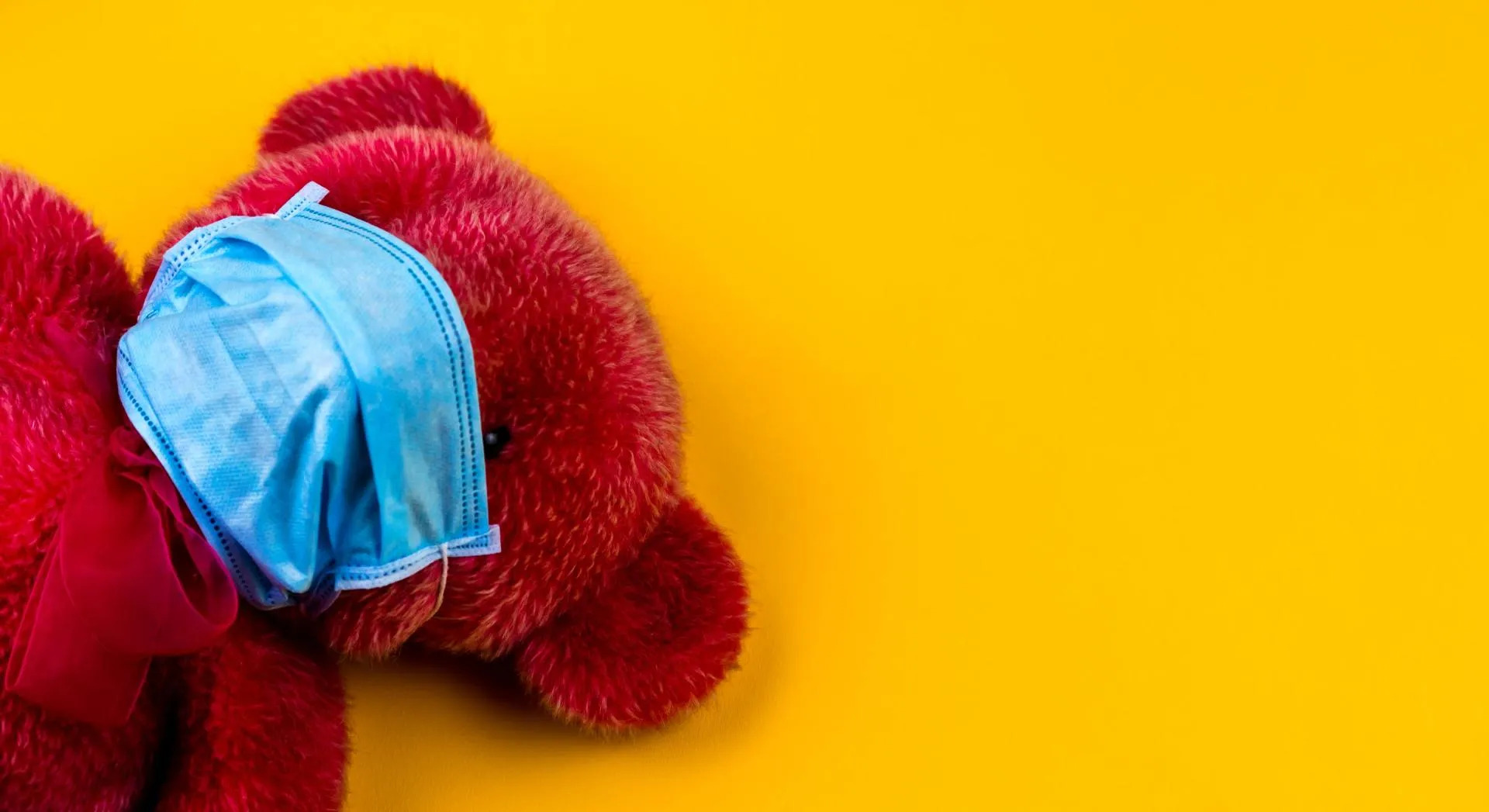
31 Mar How to Manage Anxiety in a 5 Year-Old (During COVID-19)
We live in challenging times. As the COVID-19 pandemic continues, it’s important to understand the effect this is going to have on all of us, and especially the youngest members of our families. Like the World Wars or the Great Depression, this pandemic will most likely prove to be a generation-defining event for our children.
They might show their fear by acting upset or refusing to do things. These are all signs of anxiety. This is normal. Anxiety is a natural human response. When we feel threatened, we experience it through our physical feelings, our thoughts, and our emotions. As parents and adults, it’s important for all of us to be there for our children and to remain vigilant, yet calm. We also need to understand that therapy for our kids’ anxieties can help explain their feelings, and help to reduce their anxiety.
Here are some calming strategies to help you explain and reduce anxiety in your smallest family members.
Anxiety is Perfectly Normal!
Anxiety is what you feel when your body prepares to protect itself from stressful or threatening situations. However, this sensation can feel particularly distressing when it shows up unexpectedly or takes a particularly firm hold. When we experience heightened anxiety, it feels very uncomfortable. In kids, anxiety can be particularly worrisome – not only for them, but also for their adult caregivers.
Extremely young children do not understand the source of their discomfort, and rarely have the verbal capacity to explain what they are feeling. This can be equally confusing for their parents, since anxiety in children can manifest as loss of appetite and stomach aches, or disrupted sleep.
The good news is that kids are particularly resilient and they respond quite quickly to trained therapists. A skilled clinician will know how to develop a child’s awareness, coping strategies, and communication skills. Your therapist can act as a bridge between you and your anxious child, so the whole family walks away with new understanding and new techniques for living together with greater peace of mind.
What You Can Do
Listen to your child’s concerns. Acknowledge that her feelings are important to you. Be careful that your efforts to soothe your kids do not come off as dismissive or disinterested. On the other hand, temper your own worries. Children pick up faster on what they sense from you than the words you say.
As you listen to them describe how their hearts, tummies, arms, etc., feel, give them ways to compare their bodily sensations to other known sensations. This will help them better verbalize the problem. Your goal is to normalize their experience and help them feel understood.
Explain to them that anxiety is common, and everyone feels it at some point in their life – like before a big test or when meeting new people. Sometimes it happens for no reason at all; that’s normal too. It happens to both kids and adults and there are things you can do to make those feelings go away.
If their anxiety has not reached the panic stage, tell them that simply paying attention to their breathing can help. Some yoga breathing exercises can be helpful. For instance, have your child lay down and place their hand on their stomach. Draw their attention to how their hand rises and falls as they breathe in and out. If it is mild anxiety, the brain will naturally begin to regulate his breathing, and your child will begin to feel more relaxed.
This and other yoga techniques are in the family of mindfulness strategies. If your child is reasonably coordinated Yoga with Adriene provides a great demonstration of Alternate Nostril Breathing, which is a great way to calm the nervous system and relieve tension and anxiety.
Kira Willey presents simple, powerful mindfulness techniques for children that can reduce stress and help kids manage their behavior and emotions. She shows how easily these short, kid-friendly exercises can be used by anyone – even mom and dad. It’s not complicated. Essentially, it’s about being in the present moment and being aware.
Remember, in confusing times, your calm response can be reassuring to your kids. Consistently practicing a few basic relaxation techniques can positively impact your whole family. Yet, seeing a trained therapist can fast forward the resolution of this very treatable condition.

Sorry, the comment form is closed at this time.